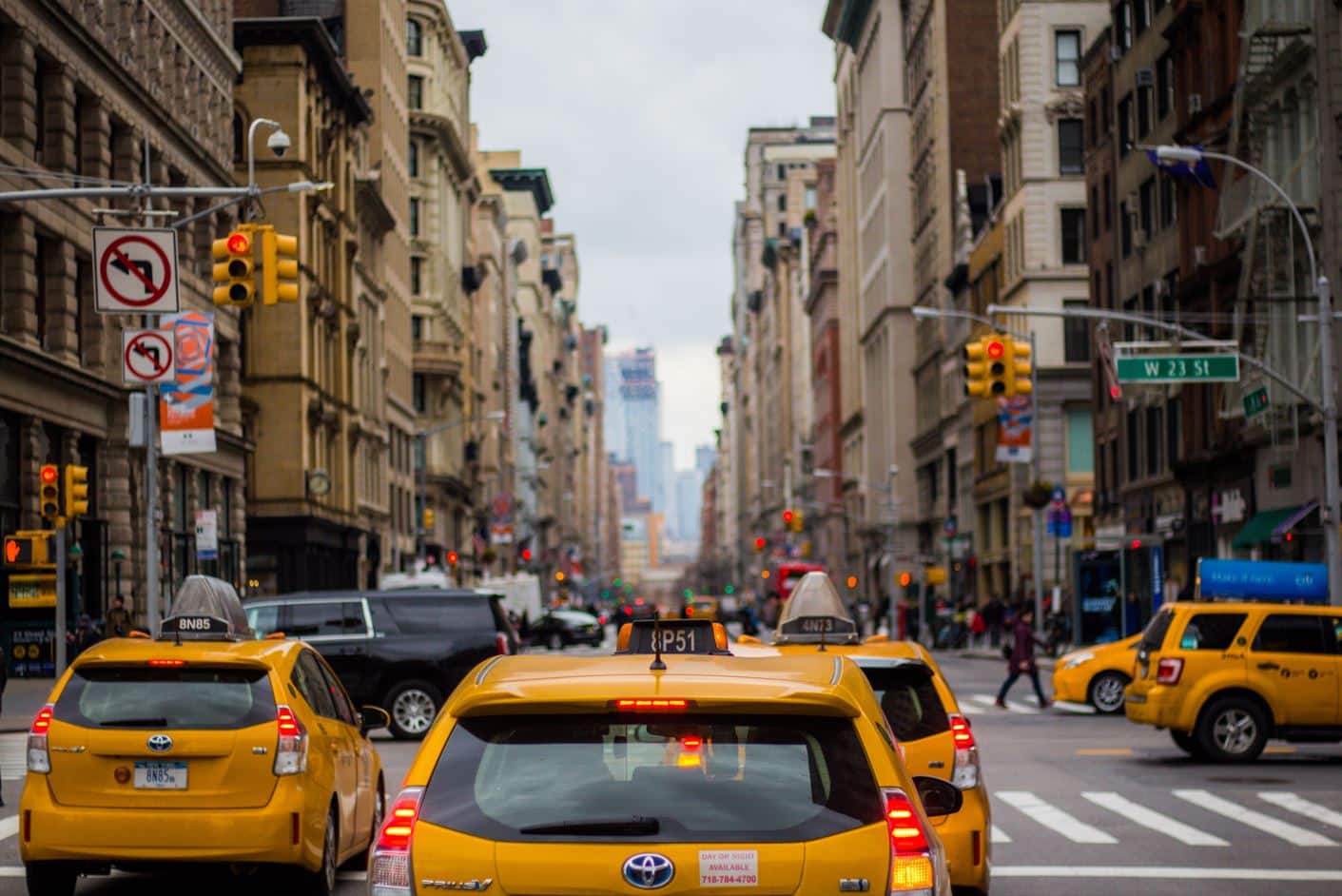The French Caribbean island of St. Barthélemy (also known as St. Barts or St. Barth) is undoubtedly popular with yachters and A-listers alike. It may seem out of reach for the typical traveler’s getaway, but that’s what we’re here for.
Although English is widely spoken, French is St. Barts’ official language, and this volcanic island is renowned for its opulent European-themed utopian atmosphere. Expect gorgeous beaches, luxurious hotels, private villas, and hip eateries. Look no further for your ultimate guide to St Barts travel.
How to Get to St. Barts

While difficult to get to because there are no direct flights from the US, that’s part of its appeal. Many guests arrive via yacht or private plane, and those who choose to travel on a commercial route know that the island is worth the long voyage.
You’ll probably take a flight from your starting point to Princess Juliana International Airport (SXM) in St. Martin before boarding a small Winair aircraft for St. Barts. If you prefer to travel by water, you can easily board a ferry in Saint Martin or Guadeloupe. Another option is to fly to Guadeloupe and then take another short flight to Saint Barthélemy.
For an ultra-luxurious VIP experience, you can book one of Tradewind Aviation’s on-demand private flights from San Juan, Puerto Rico. They’ve been honored as a top US airline by Condé Nast Traveler’s Readers’ Choice Awards two years in a row.
Best Time to Visit St. Barts

On St. Barts, the sun shines 300 days a year on average. Although there are various seasons in St. Barts, the weather is not the primary element to consider when planning a trip. It’s warm all year round, with temperatures ranging from the low 70s to the low 90s.
The busiest travel period runs from late November through early January, with the driest months being November through April. As a result, the cost of rooms and airfares are significantly more than usual, and some accommodations have a minimum of two-week stays over the holidays. In addition, Easter, spring break, and other events, such as the yearly Saint Barth Bucket Regatta, which takes place in March, all contribute to higher rates in March and April.
The best times to travel to St. Barts are the months of April through June when there are still lots of tourists but fewer crowds and lower costs. These three months are more reasonably priced because they come right after the costly winter and before the storm-prone fall. So although prices are still high, they aren’t as outrageous as during the holiday season.
Keep in mind, however, that even if the rates are significantly lower in the summer, a storm’s development may interfere with your plans. Hurricane season lasts from June to November, with September, October, and November seeing significantly more rain than the other months.
It is a terrific time to travel and experience a less expensive, less crowded St. Barts if you’re not concerned about mother nature. However, be aware that some properties close in September and October for seasonal maintenance.
Safety and Security
Entry requirements to the French West Indies require US residents to have a passport valid for at least six months after departure. A visa is unnecessary unless you want to stay longer than 90 days. In addition, make sure your passport is valid for at least three months after the day you plan to depart from St. Barthélemy.
Furthermore, restrictions and precautions related to coronavirus are still in place in some locations. They are dependent upon the country in which you’re departing. Check if any regulations are still in place before travel. These might consist of the following:
- curfews
- travel restriction
- lockdowns
- proof of vaccination or a COVID-19 test result to access public and private services and venues
- mandatory mask use
Crime
There is little crime on the island, though petty crimes like purse snatching and pickpocketing do occur sometimes. Always keep your personal things, including your passport and other travel documents, secure.
Water and Land Use
Coastal waters might be hazardous with frequent riptides. Rescue assistance might not always be available. Observe the flag warnings as they describe the area’s safety, and make sure your travel insurance covers any rentals or watersports lessons you may partake in.
Although the island’s roadways are in good condition and safe, they can be narrow and crowded. Most of the time, only one road connects two locations, and the slopes are steep and frequently near the cliff’s edge.
Best Areas to Stay
The entire island is less than ten square miles, so exploring St. Barts in one day is entirely possible no matter where you stay.
Gustavia

If it’s shopping and nightlife you seek, then St. Bart’s capital and downtown, Gustavia, is the heart of this Caribbean paradise. Visitors that arrive through the ferry from St. Martin or on a private yacht slip into town here, at the main harbor. The majority of eating, dining, shopping, and partying happens in Gustavia.
Corossol

On the same southwestern part of the island, Corossol is close to Gustavia. This area is kept secluded and cove-like by the surrounding hills. The great thing about Corossol is that it was once a small fishing community. The waterfront is dominated by humble cottages owned by the area’s long-time residents, who made their living from the sea. Even at night, some of the cottages still have fishing nets hanging on their walls, while a statue of a saint atop a boulder serves as a tribute to the fishermen.
St. Jean

There’s also St. Jean Beach/St. Jean Bay, which is located on the north side of St. Barth. Due to the airport’s proximity to the beach, you’ll likely see low-flying aircraft. However, there aren’t any large aircraft in the area, so there aren’t any concerns about noise. In addition to being a pleasant neighborhood with convenience stores, markets, cafes, and boutiques, St. Jean is also known for its expansive stretch of beach and the Eden Rock Hotel, which is the hub of local beach life.
Saline

Suppose a somewhat remote feeling is what you seek. In that case, Saline is another unique location in St. Barths, on the island’s south side. The region once produced salt, and as you approach, you can still see the salt ponds that gave the area its name. The white-sand beach is deserted, and a nature reserve borders one end.
In St. Barts, renting a villa is a well-liked alternative to staying in a hotel. If you’re traveling in a group or want more privacy than a hotel can provide, a villa can be a better alternative. Small cottages and apartment-style condos can also be less expensive than hotels. However, be sure to research and remember that traveling during the busy season will often be more expensive, regardless.
Things to Do
Enjoy the Beaches

On St. Barts, there are more than a dozen beaches where the water’s temperature averages about 80 degrees Fahrenheit year-round. Every day, you can meet at least one sunbathing traveler adoring the rays and the surf. Each shoreline has its own personality.
The best of the lot include:
- Flamands (for the landscape)
- St. Jean (for the seaside restaurants)
- Grand Cul de Sac (for the watersports).
Grand Cul de Sac on the Atlantic side of the island, where steady trade winds blow, is one of the best sites for kitesurfing. It’s also a fantastic area to learn this water sport because it’s shallow, and a reef prevents large waves from breaking. Learn how to kite surf from previous world champions as this sport quickly rises in popularity. In addition to kitesurfing, the Grand Cul de Sac region also offers windsurfing, kayaking, and fly fishing opportunities.
Consider Colombier, which requires a challenging hike down a rugged path for vacationers looking to escape society. The hike begins at the Colombier viewpoint, where you have panoramic views of the entire harbor crowded with yachts. You might even run into the local wildlife on the beach, such as goats, turtles, and iguanas. Colombier is one of St. Barts’ least populated beaches, unreachable by any land vehicle. A peaceful day awaits you at this secluded wonder.
Colombier Beach lacks amenities due to its isolation and lack of development. Bring any necessary supplies, including food and water, if you intend to stay for a while. To keep this location as spotless as you found it, please make sure to pack up your trash as well.
Nearby Colombier Beach, the St. Barthélemy Natural Reserve protects nearly 3,000 acres established to protect marine life, seagrass beds, and coral reefs. With 680 acres of coral formations, they’ve identified forty-five species while combating poaching and direct environmental harm in St. Barts.
Other must-see beaches include:
- Lorient Beach: One of St. Barts’ longest beaches known for superb surfing.
- Gouverneur Beach: There are no restrooms and very little shade.
- Marigot Beach: This beach is quite rocky compared to other beaches on the island, making for a unique setting.
- Shell Beach: Closest to Gustavia and made up of millions of brilliantly colored seashells
Go Snorkeling

St. Barts is a top location for snorkeling and scuba diving due to its warm seas and wealth of vibrant marine life. Twenty-two dive sites (including wreck dives like the Kayali) can be found in the waters surrounding the island. Because of the St. Barthélemy Channel, the water is relatively shallow, with depths of less than 100 feet. The sand bottom’s shallow depth allows sunlight to reflect off of the abundant coral reefs and marine life.
You can snorkel straight off beaches like isolated Colombier or in the safe bay at Petite Anse, teeming with vibrant marine life. Corossol Beach, with its tranquil, protected beach and adorable little seashell museum, provides a distinct look into French living.
Shop til You Drop

As soon as you begin to prune, dry off and explore Gustavia’s restaurants and shops. In Gustavia’s Quai de la République, also known as “venue du Couturier,” you may find deals on high fashion, crystal, porcelain, watches, and other luxuries from renowned international design houses like Bulgari, Cartier, Dior, and Hermès.
Duty-free St. Barts renders alcohol, French perfumes, and luxury goods often less expensive than in France itself. Intricately woven straw goods, including baskets and bags, and art featuring Creole depictions and fishing boats are typical island crafts.
The island’s official currency is the euro, but the US dollar is accepted everywhere. Credit cards are accepted widely, as well.
Can’t Miss Cuisine

A St Barts travel guide wouldn’t be incomplete without discussing the local cuisine, and when dining out on this island, you’re in for a treat!
The best hotels and resorts on St. Barts house some of the island’s top dining establishments. Caribbean cuisine from St. Barts combines Creole flavors, exotic fruits, and fresh seafood with classic French culinary methods (and many French chefs).
Reservations are strongly advised throughout St. Barts during high season. During off-peak months, you should be able to get a table at most establishments without one, although it doesn’t hurt to make one anyhow. Below are our top five picks for sampling the best of the best St. Barts has to offer:
Pro Tips to a Great St. Barts Trip
- There aren’t any ride-hailing services, nor are there many taxis. Taxis that do exist are expensive and cannot be hailed while passing. Most tourists rent bicycles, cars, or scooters to explore the island’s beaches and hiking trails.
- On St. Barts, there are only two petrol stations, both of which are closed on Sundays. Be sure to fill up before the week’s end.
- You’ll probably get a complimentary glass of rum after dinner at a restaurant, so save room.
- Bring a converter plug if necessary because the European-style sockets feature two spherical holes.
- Cooking some of your meals rather than eating out every night will help you save money on food. Picnic culture is huge in St. Barts, so you won’t be the only one enjoying a baguette on the beach.
Enjoy Your Vacation to St. Barts
St. Barts is an incredible Caribbean island. With so much to see and do, it’s no wonder this island is synonymous with luxury and beauty. With this travel guide, you’re ready to enjoy the best that St. Barts has to offer!
Featured Image Credit: Sean Pavone













